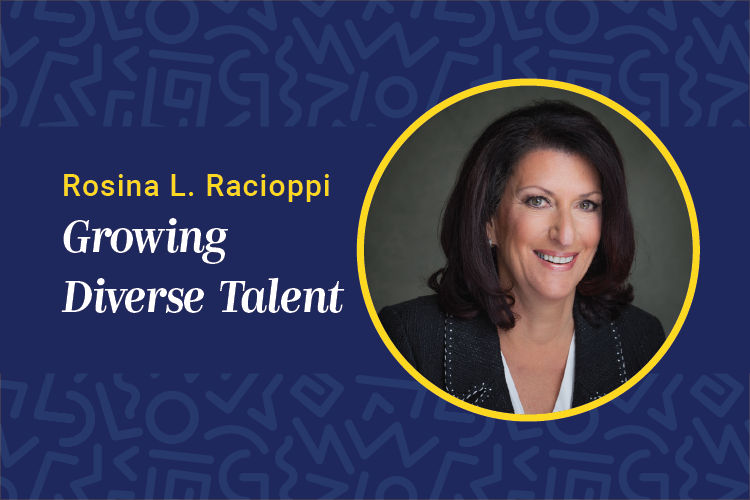 In the course of my career, I have been privileged to interact with a variety of amazing thinkers and doers who, like me, share a passion for helping women across all organizational levels create and nurture career-advancing relationships.
In the course of my career, I have been privileged to interact with a variety of amazing thinkers and doers who, like me, share a passion for helping women across all organizational levels create and nurture career-advancing relationships.
After much thought and reflection, I realized (and was helped to realize by my own network) there was value in sharing these proven approaches. As a result, I have condensed and crystallized a wide range of relationship strategies in my newly released book, “Relationships Matter: How Women Use Developmental Networks to Step into Their Power and Influence.”
In this column, I’ll share my thoughts and those of other business leaders on how women can successfully develop mentoring relationships.
‘Mentors are all around us’
There are many definitions of mentoring, but this one from Amy Gonzales, vice president of learning and development at WOMEN Unlimited Inc., rings especially true:
“Mentors are all around you. They are the people who engage in conversations that help you think about things differently, who are available to answer your questions, can act as a sounding board, give advice, or provide ideas and insights that are different from your own.”
Tony Hunter, a former CEO of Tribune Publishing, sums up successful mentoring relationships this way: “Don’t just rely on one mentor. Be greedy. Get many.”
How then do women make themselves continually open to creating a developmental network that matches their career goals and ambitions? What’s the game plan?
4 steps to successful developmental relationships
In their article, “A New Mindset on Mentoring: Creating Developmental Networks at Work,” Kathy Kram and Monica Higgins do an excellent job of laying down four important steps.
Know yourself first: Research proves that the makeup of a developmental relationship determines its value. To get that makeup right, it’s crucial for women to first know their strengths and weaknesses, talents, goals and professional and personal vision for the future.
Know your career context: Once a woman has a good sense of herself, she must then decide how she wants her career to go. Does she want to advance within her current organization or move on to a different company or industry? The makeup of her network will vary significantly depending on her career plans.
Enlist potential developers: The next step is for women to enlist the support of people who can help advance their careers, based on the defined “career context.” These mentors and networks can come from senior management, peers, professional and industry organizations, and from those who are sources of both formal and informal learning. It is also important to connect with younger and less-senior employees for a well-rounded perspective.
Regularly reassess and readjust: Finally, Kram and Higgins point out that networks are fluid, not static. As a woman’s career or career goals change, she needs to look at her current developmental relationships and assess which changes are in order. It isn’t exclusively about finding new networks or new mentors. It’s also about assessing current relationships and how to make interactions more productive, based on a new situation or a new career goal.
Being intentional: the cornerstone of success
Underlying all of the proven strategies laid out by Kram and Higgins is a viewpoint that has been proven for over 25 years in our WOMEN Unlimited programs. in order for developmental relationships to be productive, women must be intentional about them. They must be flexible. For example, they can accommodate time and distance constraints by interacting with their mentors both in person and virtually. Women themselves must be the catalyst who makes the relationship happen, who makes it work and who makes it grow.
As I point out in the book: “Savvy women invest in building key relationships with key people inside and outside the organization … It provides the pathway to discover any gaps between how they desire to be seen as a professional and how others see them.”















